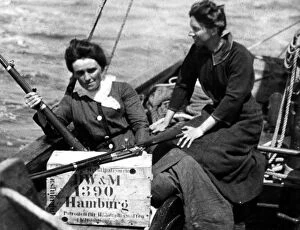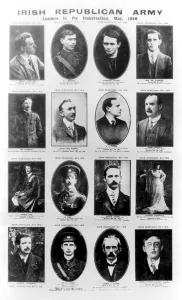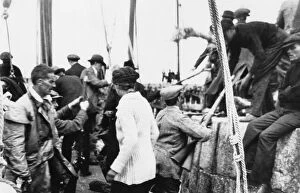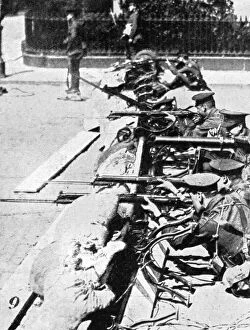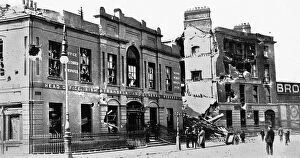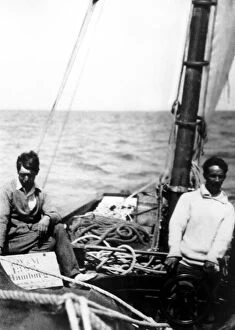Easter Rebellion Collection
The Easter Rebellion of 1916 in Dublin was a pivotal moment in Irish history, marking a significant step towards independence
All Professionally Made to Order for Quick Shipping
The Easter Rebellion of 1916 in Dublin was a pivotal moment in Irish history, marking a significant step towards independence. Mary Spring Rice and Molly were among the brave individuals who meticulously prepared for this uprising, driven by their unwavering determination to free Ireland from British rule. In 1933, Irish women paraded through the streets of Dublin to commemorate the Easter Rebellion, proudly honoring those who had fought for their nation's freedom. The image captured by EyeUbiquitous_20121162 reflects the strength and unity displayed during this event. However, it is important to note that rebellion against oppression is not limited to one country or time period. In Jamaica during 1760 and 1800, black slaves rose up against their oppressors in an uprising that shook the foundations of colonialism. This powerful act of resistance was documented by Francois-Anne David. Erskine Childers played a crucial role in arming rebels during the Easter Rebellion as arms were landed from Asgard at Howth in 1914. His courage and dedication exemplified the spirit of those fighting for Ireland's independence. Tragically, many lives were lost during this bloody conflict. The Dublin Martyrs became symbols of sacrifice and martyrdom for their cause – heroes whose memory would forever be etched into history. The ruins left behind after the rebellion serve as haunting reminders of both destruction and resilience. Sackville Street stood as a testament to the fierce battle waged between British soldiers armed with machine guns and rebellious forces seeking liberation. Yet amidst these ruins emerged hope; crowds gathered before what remained of General Post Office at Dublin – a symbol of defiance against tyranny. On both sides of Liffey River lay remnants reflecting both devastation and determination. Liberty Hall served as Sinn Fein headquarters throughout this tumultuous period – its walls witnessing countless meetings where plans were hatched and dreams shared amongst passionate revolutionaries striving for an independent Ireland.

